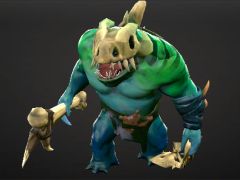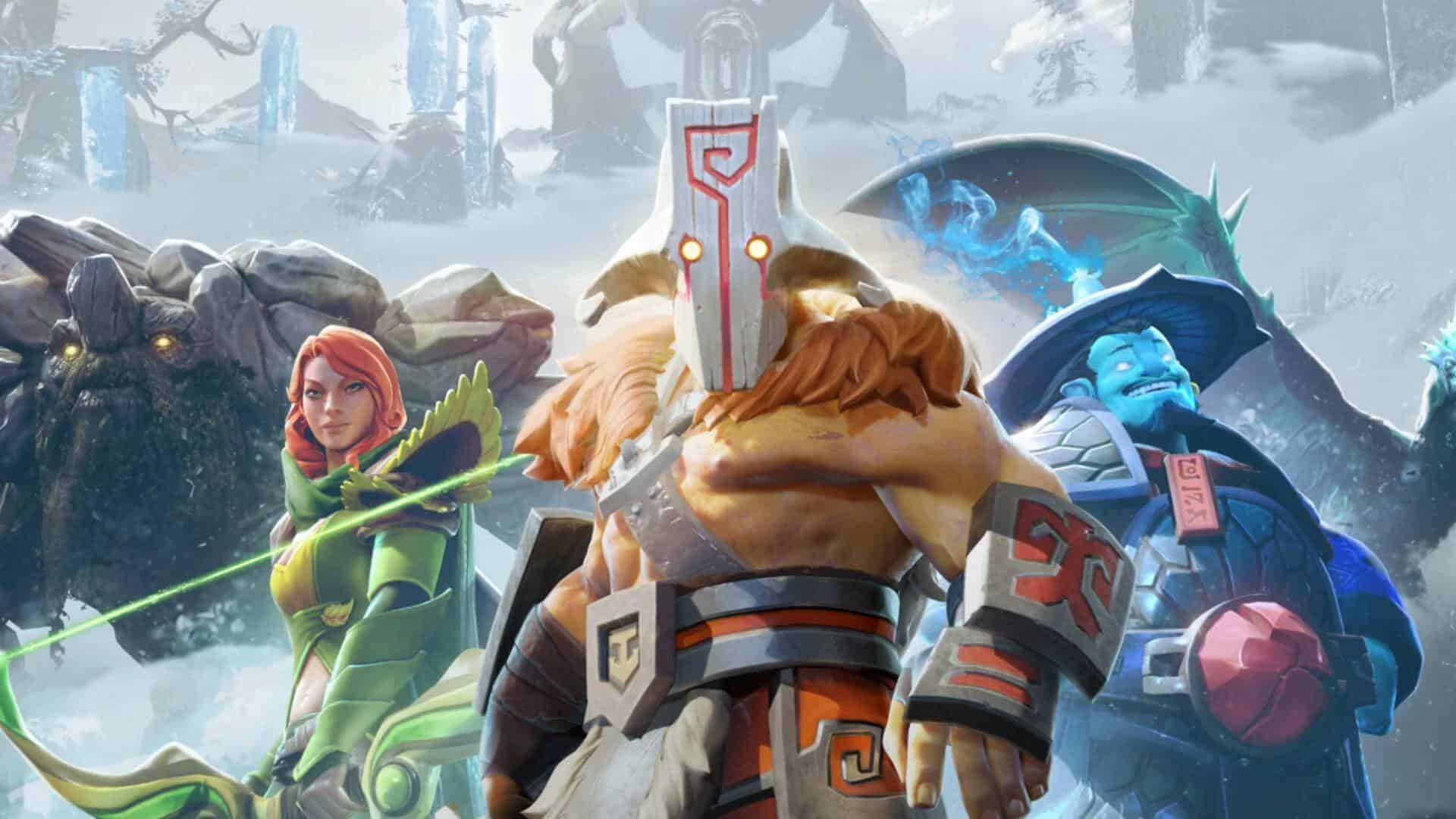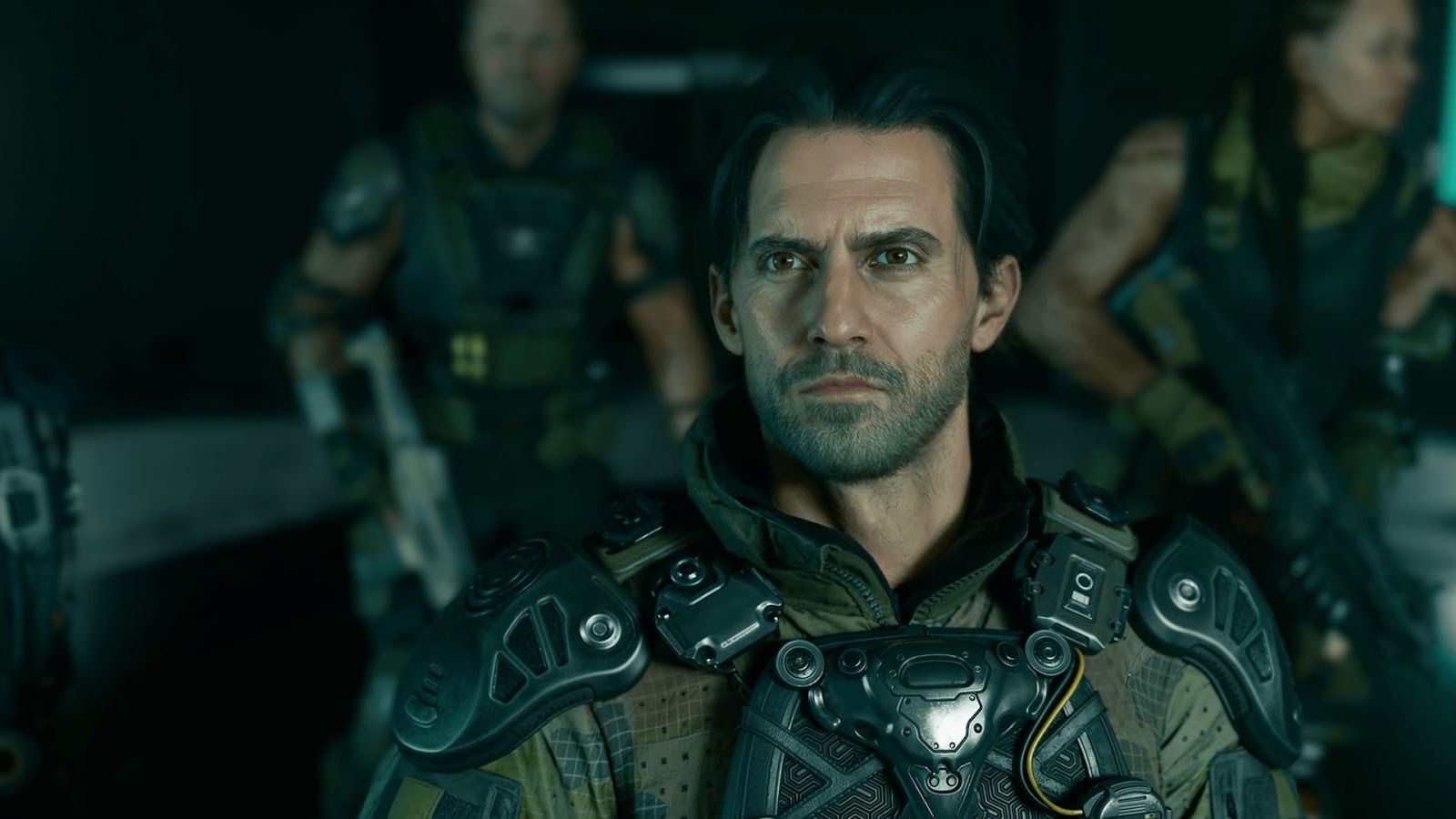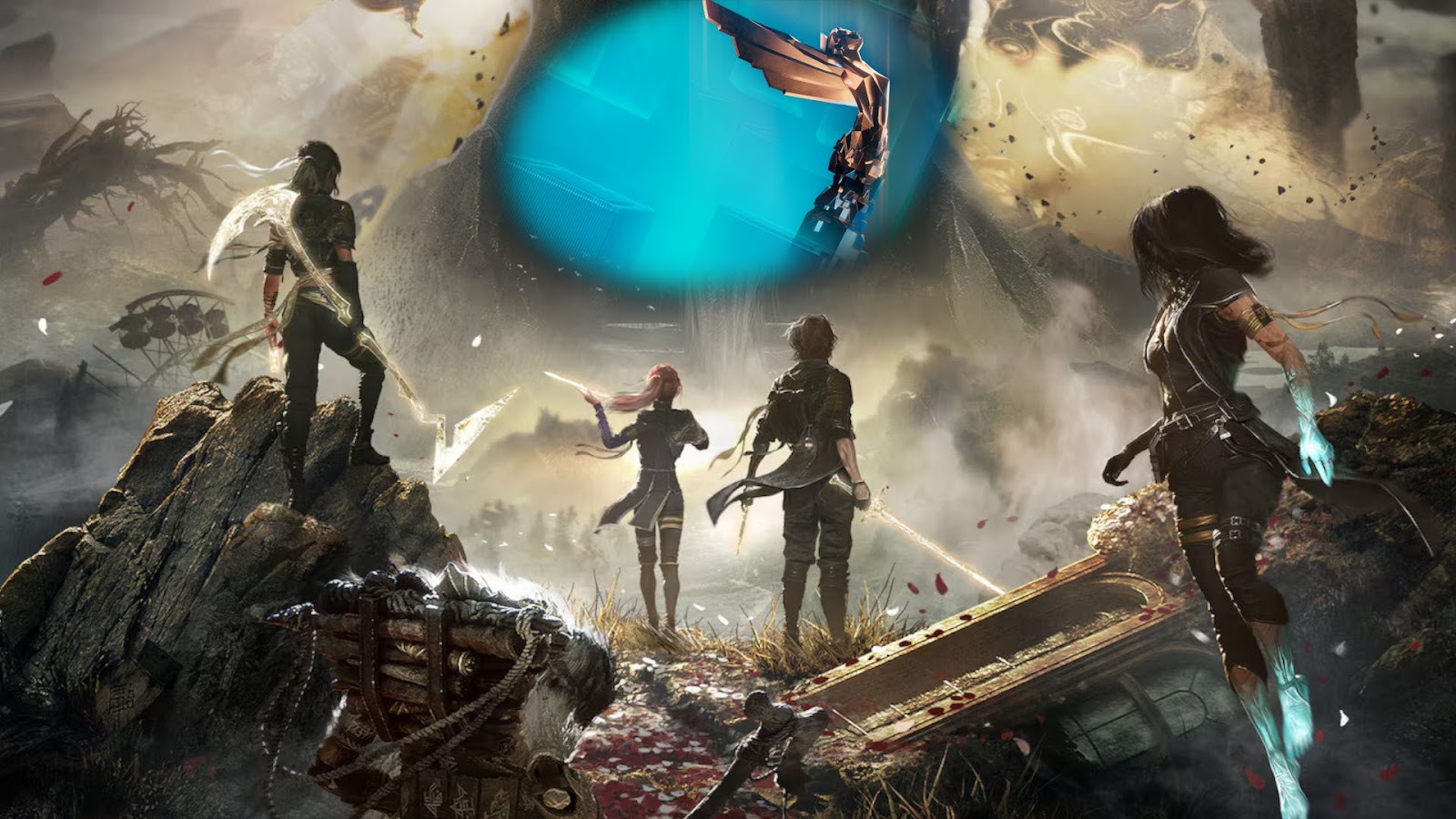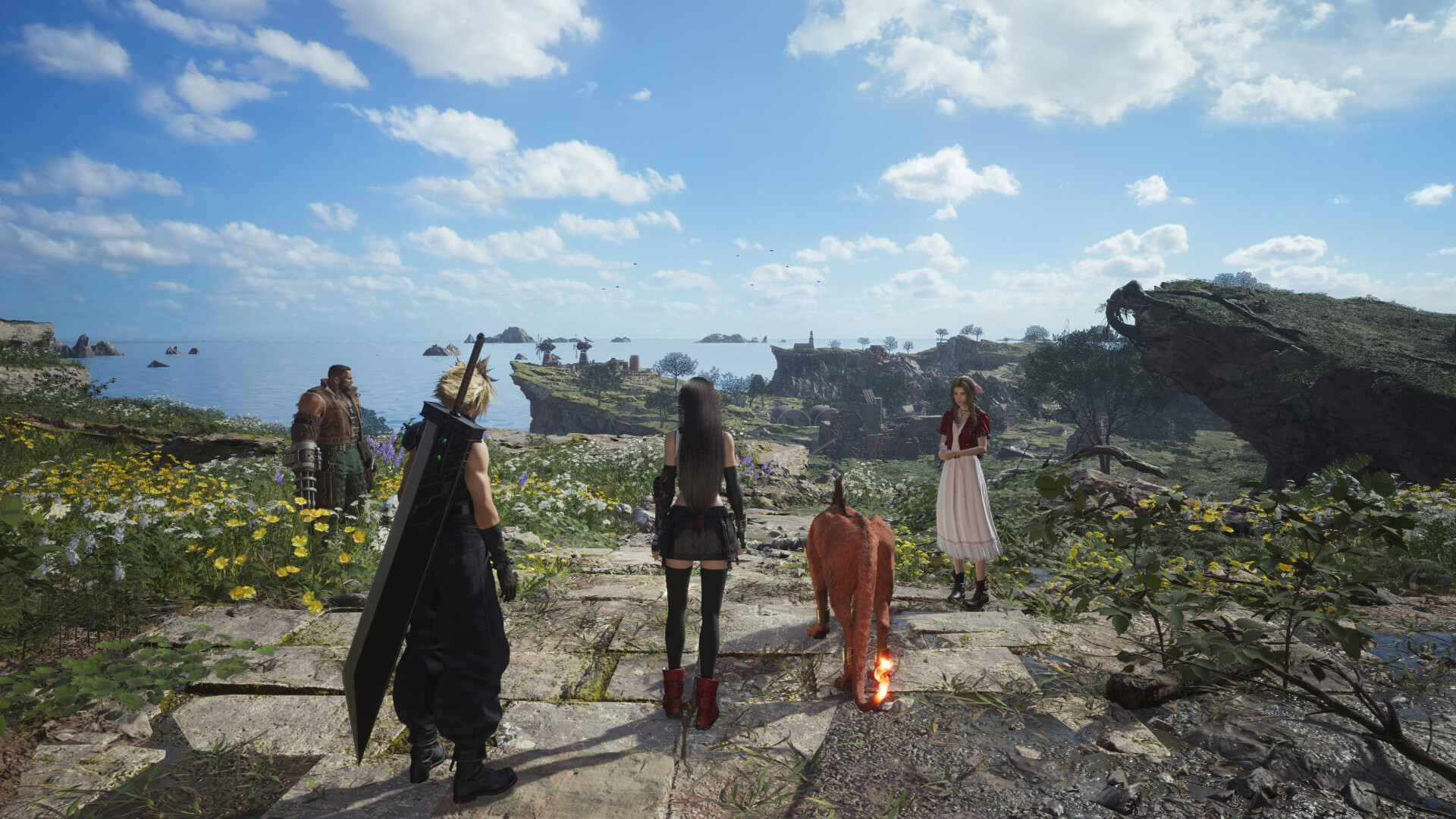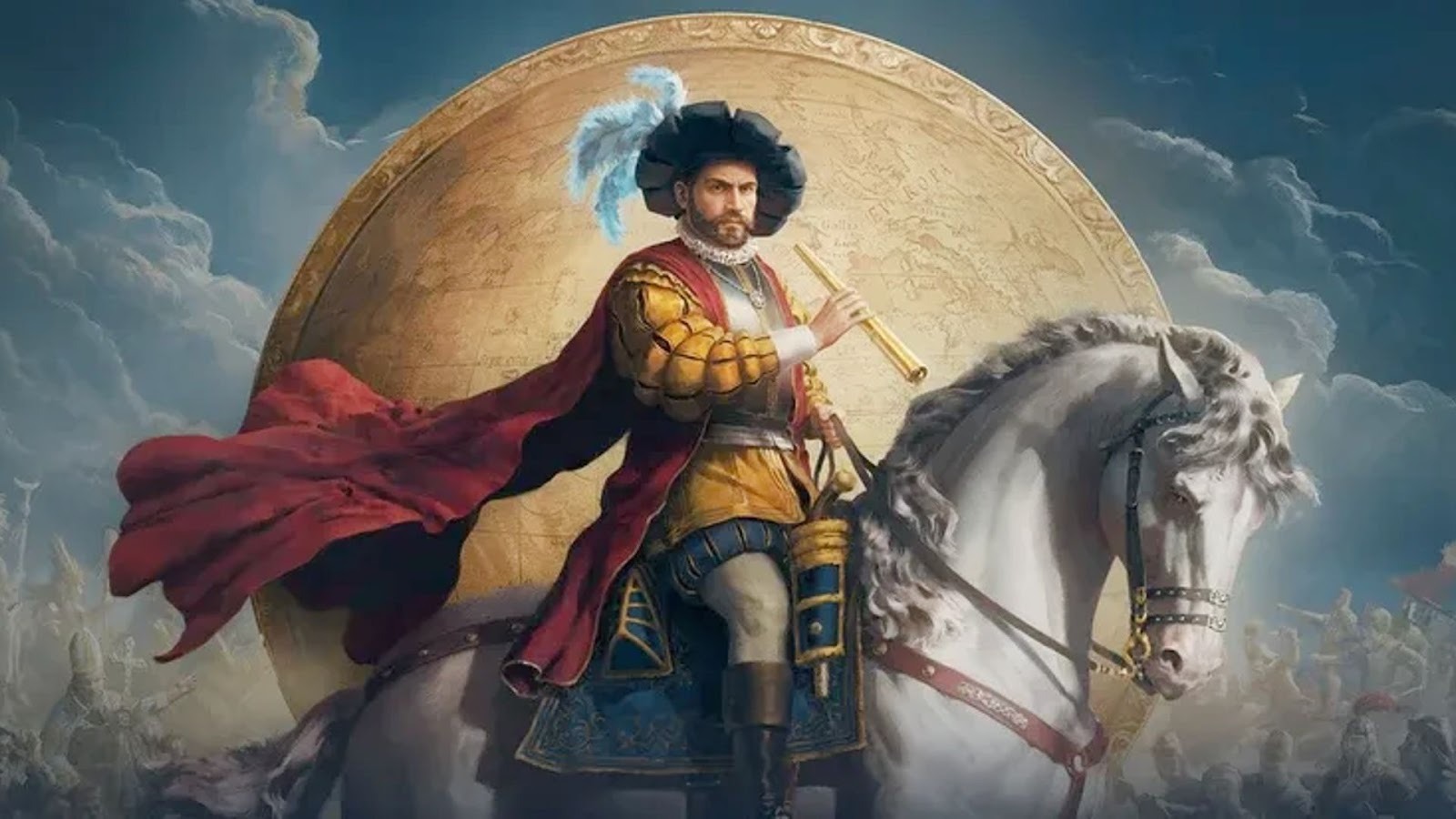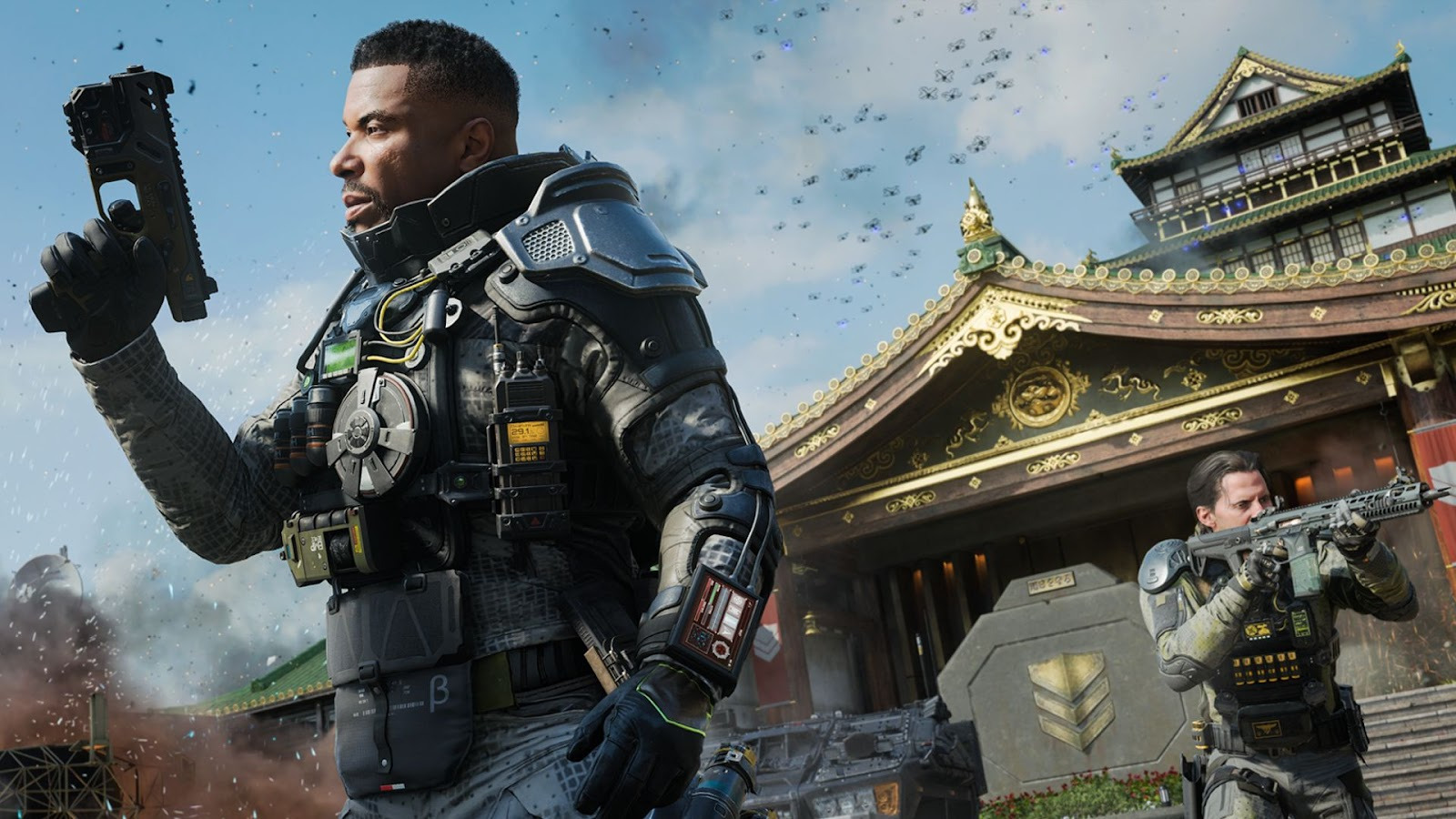You can trust VideoGamer. Our team of gaming experts spend hours testing and reviewing the latest games, to ensure you're reading the most comprehensive guide possible. Rest assured, all imagery and advice is unique and original. Check out how we test and review games here
I’m lurking in the trees. It’s taken me a while to get to this point – too long, really – but I’m finally in a position where I’m ready to spring a trap. After a long spell of patient grafting, I’ve farmed enough gold to buy myself a Blink Dagger – an item that lets me teleport a short-but-useful distance.
So here’s the plan: I’ll wait until a couple of enemy Heroes are in the area, and hide until they’ve both taken some damage. Then I’ll blink into their midst and fire off my ulti; Tidehunter’s is an area-of-effect ability called Ravage, which it causes sexy purple tentacles to spring up from the floor, causing masses of damage and stunning the enemy to boot. While they’re dazed, I’ll start to Gush on them (not rude as it sounds) and hopefully score a couple of kills.
(If you’re a Dota 2 veteran, you’re probably already shaking your head at this point; for the benefit of everyone else, I’ll explain why in a moment.)
Eventually, a pair of potential targets show up – Crystal Maiden and Brood Mother. I ready the Dagger, hold my breath, and just as they enter range I blink. Now I’m right next to them. I spam the R – the hotkey for Ravage.
Nothing happens.
I’ve forgotten that using the Blink Dagger uses up mana. As a result, I don’t have enough juice to fire off my ulti. My would-be victims turn on me, and for a split second I’m reminded of that scene in Pulp Fiction with John Travolta, Samuel L. Jackson, and the idiot hiding in the bathroom.
Instant death.
That was kind of embarrassing, wasn’t it? But here’s the thing: I was almost certainly doomed from the start, long before I cocked up with the Blink Dagger. For starters, Tidehunter is generally regarded as an Initiator. This means that he really comes into his own during teamfights, i.e. a battle involving several heroes at once. Because Ravage stuns foes as well as dealing hefty damage, it’s the perfect way to start a teamfight – hence the term, Initiator. Tidehunter himself isn’t particularly great at dealing damage; his secondary purpose is to act as a Tank and soak up the pain while his more dangerous (and more fragile) buddies kick seven shades out of the other team. Long story short, heading off alone was a pretty dumb move. Ideally, I should have chatted to my allies and planned a co-ordinated attack. And for that to work, we should really have been keeping an eye on an worthy opportunity, perhaps using Observation Wards (deployable spy posts, in effect). Hiding in a bush for five minutes isn’t the most productive use of your time, really.
/https://oimg.videogamer.com/images/ed1c/dota_2_ravage.jpg)
Still, you live and learn. Or in my case, you die and learn. The whole Blink Dagger episode is quite embarrassing, but as it was only my second match, after all. As painful as the whole experience was, I did take something away from it – and really, that’s a big part of the game. As I mentioned in my last article, the most intimidating thing about Dota 2 is the sheer number of things you’re supposed to know or keep track of. The trick is to simply keep at it, and to build upon each subsequent experience. Reading around certainly helps, but it’s also a good idea not to try too much too quickly – my Blink Dagger example being a case in point.
For me, there’s still a long way to go, but even so, I’ve certainly settled on a few key points. The early part of a Dota 2 match is actually quite similar to a game of Chess, in that there’s a good spread of opening strategies to follow, based on the what everyone else is doing. In broad terms, you want to build your character up by killing off enemy Creeps, or more precisely, by scoring the last hit on an enemy Creep who’s been softened up by your own troops. At the same time, you have to stay aware of who else is on your lane. If you’re buddying up with a Carry – a Hero who starts out weak, but eventually develops match-winning powers – you should be careful to let them take the lion’s share of the XP. They need the boost more than you do, or at least that’s the case if you’re playing Tidehunter.
To me there’s something immeasurably pleasing about the ebb and flow of the Creeps. Without the input of the player-controlled Heroes, they’d simply crash against each other for eternity, locked in an evenly-matched struggle. The control of this tide is really a core part of Dota 2, and whether you’re intentionally allowing the enemy Creeps to progress towards your Towers – and thus creating a safe farming opportunity – or actively pushing up into enemy territory, your timing has to be immaculate.
Item-buying is another aspect of the game that I’m slowly getting to grips with. While each Hero has their own individual needs and ultimate shopping goals, there are several items that are common to pretty much everyone – so whoever you choose, you’re likely to get to know them well. Tangos come in sets of three and serve as a basic way to heal yourself, though for more serious scrapes you’ll probably need a Healing Salve. Unless your Hero has an easy means of regenerating Mana, you’re also likely to need to a bottle of Clarity. Then there are items like Gauntlets of Strength or Iron Branches, which provide stat bonuses and eventually can be combined with other items to form more powerful equipment. The Branches, for example, are required to build a Magic Wand – your primary Mana-fuelling tool in the middle chunk of the game.
/https://oimg.videogamer.com/images/6546/dota2_shop.jpg)
As with the build order you use for developing your Hero, there are plenty of guides floating about to provide you with an easy shopping list to follow. In the early days you may not have a clue why you’re buying what you’re buying – a bit like a pissed student at the supermarket, really – but eventually, over the course of a few games, you’ll start to understand why the various bits of equipment are necessary. There’s a good deal of learning-by-doing in Dota 2, and the upside of this is that once something clicks, it’ll stay with you forever… unless you’re so depressed by a defeat that you drink yourself into a state of brain damage, that is. But I digress.
My problem right now is that I’ve hit what I suspect may be the teething phase of Dota 2 development. I have a rough understanding of the basics, and even a fairly good idea of what I should be doing next, but I’m not particularly competent at realising these goals. Through careful grafting, I can now work my way up to boosting my key skills and acquiring my core items (the ones that particularly suit my Hero), but I’m struggling to earn enough gold to take me beyond this point. And this situation is symptomatic of a wider problem: While I now appreciate the value of life, and the fact that it’s important not to die over and over again – thus feeding the enemy Heroes – I’m struggling to make much of an impact on the enemy forces.
And the sad conclusion I’ve drawn is that I may have to move away from Tidehunter. I appreciate the importance of sticking with a Hero until you’ve learned them, but in this case I think I may have plumped for the wrong guy. As a melee-based character you obviously need to get right up close to the opposition, and at the moment, as a self-confessed noob, I’m still struggling. It’s simply too intimidating trying to rush players who have a far better idea of what they’re doing. I think a ranged Hero, someone a bit more sneaky, might be more up my street.
So, with a heavy heart it’s time for me to say goodbye to the big fishy guy. The only question now is, who should I try next? Matt and Martin have both suggested Drow Ranger, but I’m not entirely convinced, for reasons I can’t quite place. I’ve given Lich a quick spin, and I think he might have potential, but this time I think I should shop around before settling down and focusing on someone.
So, any recommendations?
Dota 2
- Platform(s): Linux, macOS, PC
- Genre(s): Action, Massively Multiplayer, Massively Multiplayer Online
